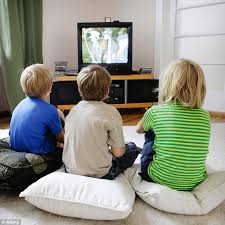It’s a familiar sight in the majority of young families: young children bent over a screen for hours, texting or gaming, lost in a digital world.
Many parents worry, how much screen time is too much?
But a recent study found that may be the wrong question. The findings suggest that how children use the devices, not how much time they spend on them, is the strongest predictor of emotional or social problems connected with screen addiction. This held true after researchers controlled for screen time, according to Science Daily.
“Typically, researchers and clinicians quantify or consider the amount of screen time as of paramount importance in determining what is normal or not normal or healthy or unhealthy,” said lead author Sarah Domoff, who did the research while a postdoctoral research fellow.
“Our study has demonstrated that there is more to it than number of hours. What matters most is whether screen use causes problems in other areas of life or has become an all-consuming activity.”
Much research exists on adolescents and screen use, but Domoff said that to her knowledge this is the first tool that measures screen media addiction in children ages 4-11. She believes it will be a valuable tool for parents, clinicians and researchers.
Some of the warning signs include: if screen time interferes with daily activities, causes conflict for the child or in the family, or is the only activity that brings the child joy.
Kids who use media in unhealthy ways have problems with relationships, conduct and other emotional symptoms, Domoff said. The study didn’t examine whether the emotional and behavior problems or the media addiction came first.
N.H.Kh

